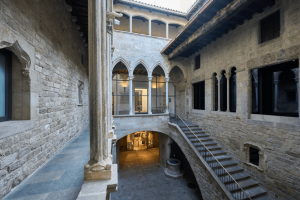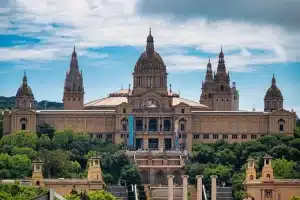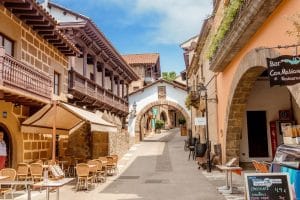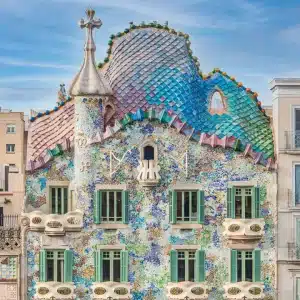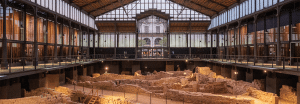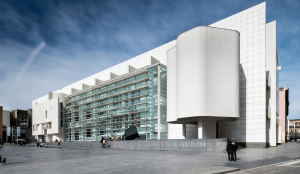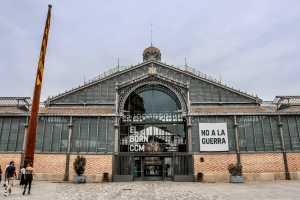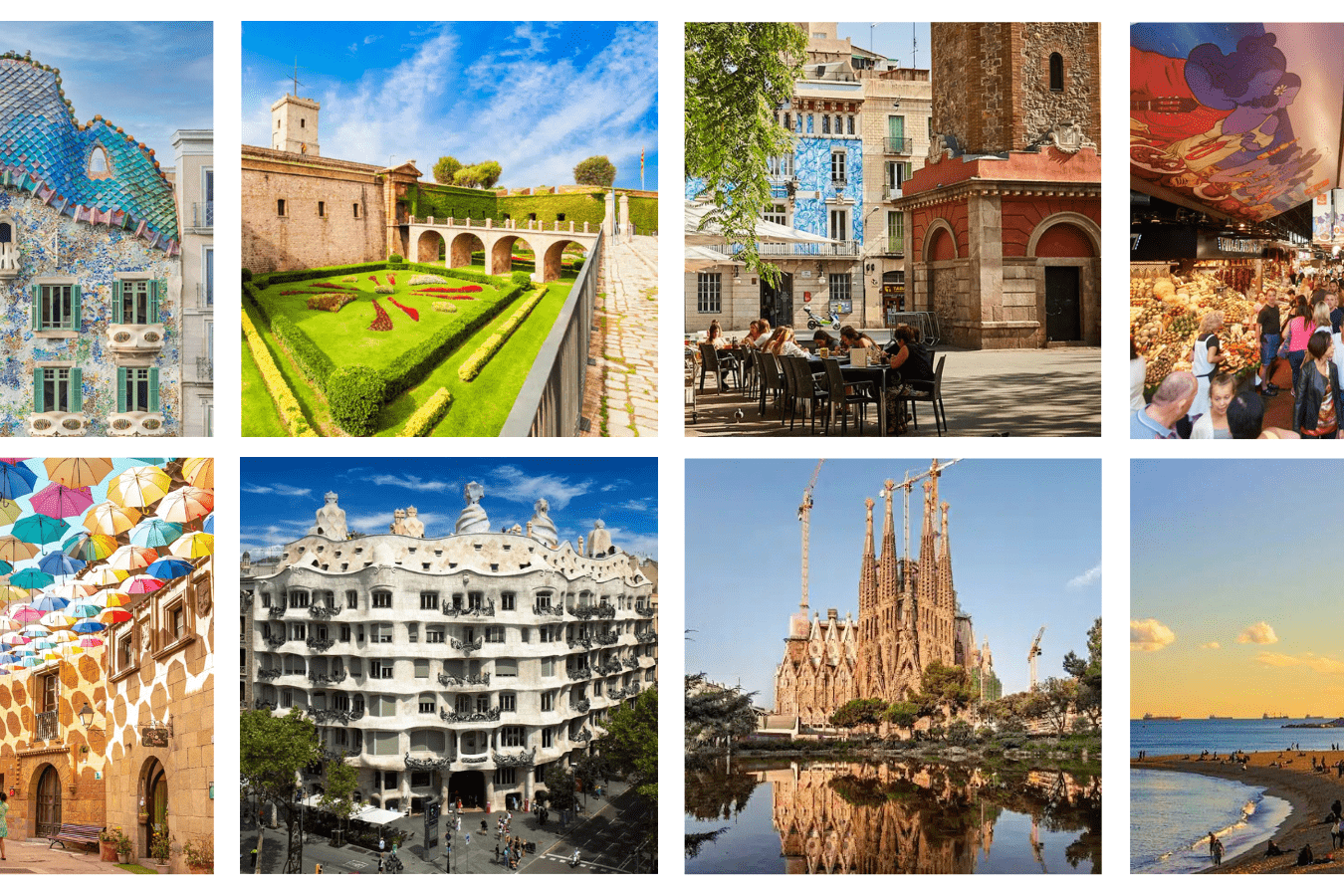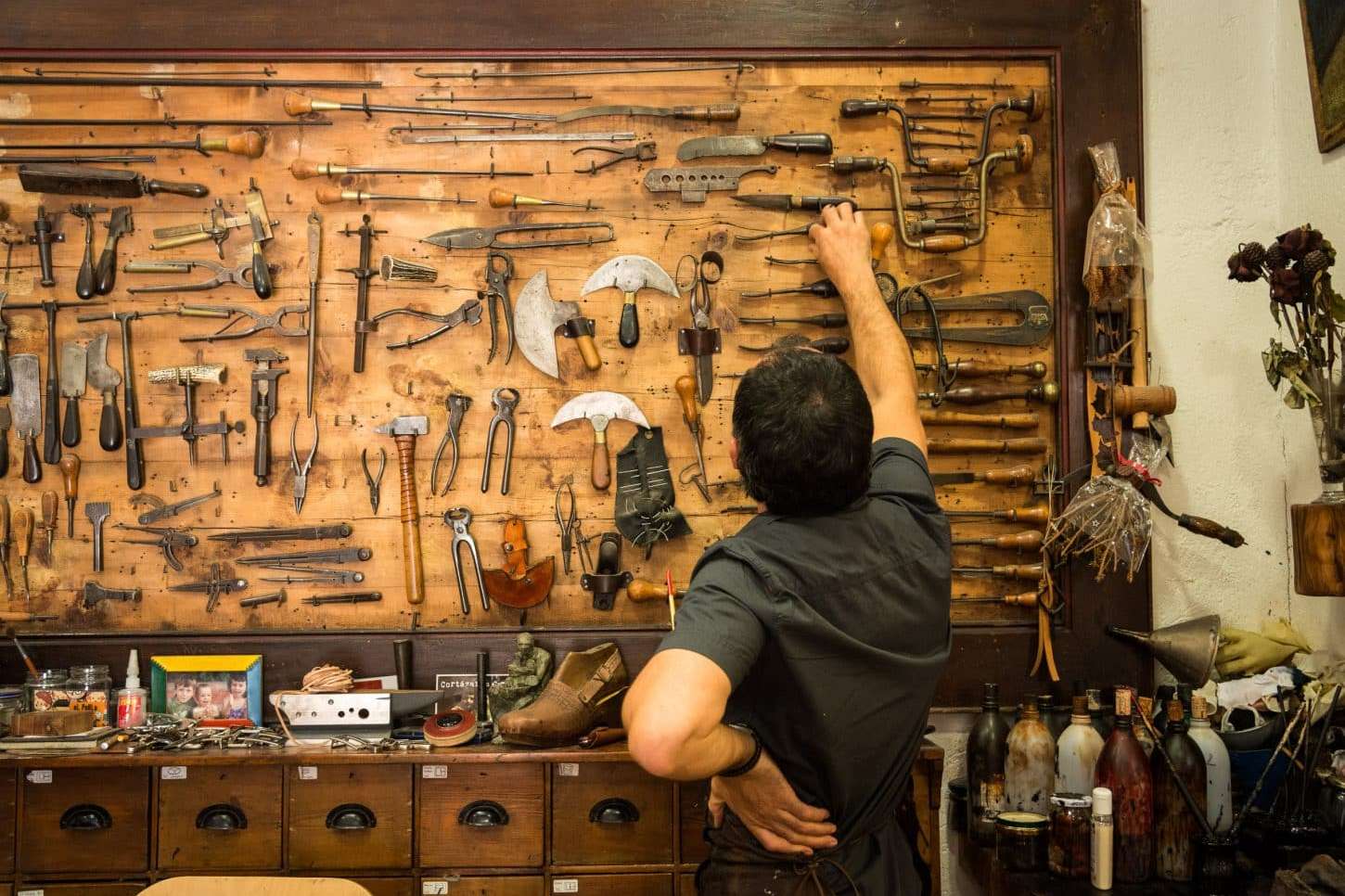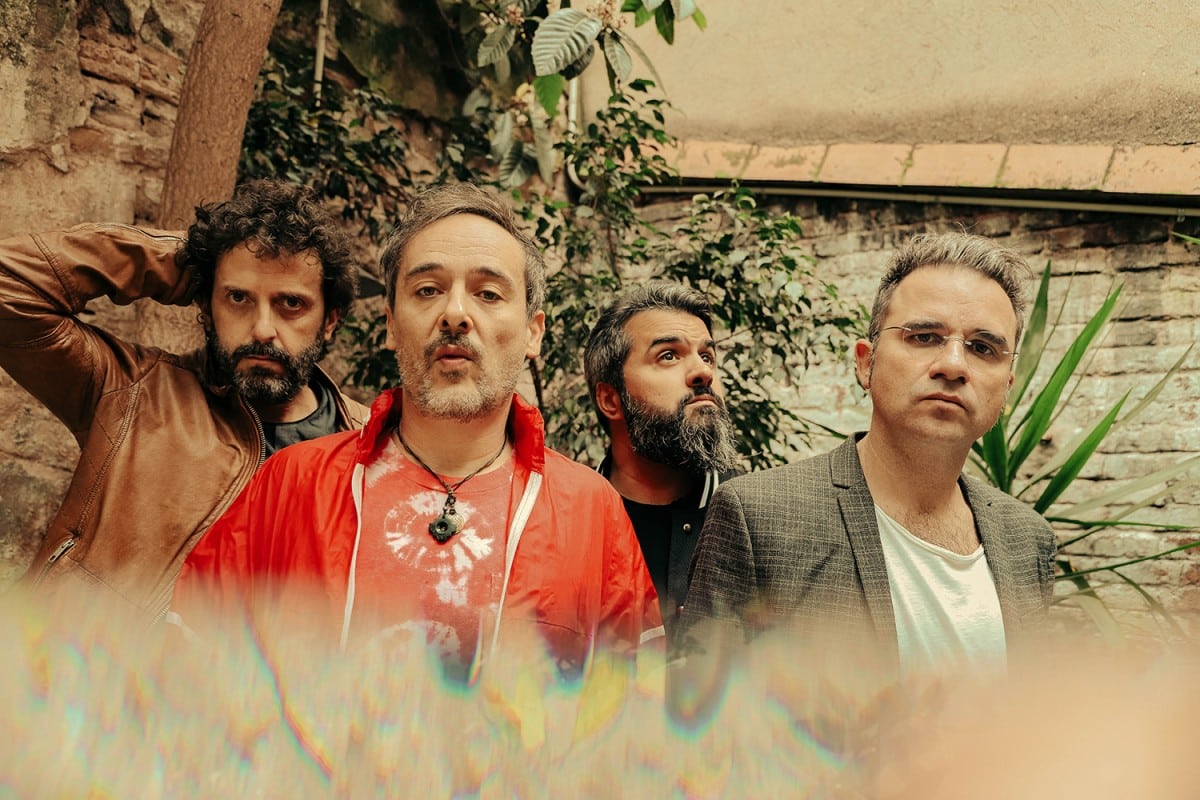Museums in Barcelona: the must-sees you can’t miss
COMPARTIR

Barcelona is a city where art, history, and architecture intertwine at every turn. With a cultural offering as rich as it is diverse, visiting its museums is a unique way to discover the essence of the Catalan capital. From great artistic icons to little-known architectural gems, in this article we guide you through the most outstanding museums in Barcelona, ranked by their recognition and popularity.
If you’re wondering which museums to visit on your next city break, read on. This guide is designed to help you visit Barcelona museums based on your interests: modern art, history, Mediterranean architecture, or live experiences like live crafts.
1. Picasso Museum
The Picasso Museum is, without a doubt, one of Barcelona’s great art landmarks. Located in the charming Born neighborhood, this museum houses one of the most comprehensive collections of the Malaga-born artist’s early works. In its galleries, you can follow Picasso’s evolution from his most classical beginnings to his transition to the avant-garde.
In addition to its artistic value, the museum occupies five medieval mansions that alone justify a visit. It’s a must-see for those seeking to understand the profound connection between Picasso and Barcelona.
Highlights:
-
Picasso’s early and formative works
-
Catalan medieval architecture
-
High-quality temporary exhibitions
2. National Museum of Art of Catalonia (MNAC)
The MNAC (National Museum of Modern Art) dominates Montjuïc Mountain, offering one of the most iconic views of Barcelona. Located in the majestic Palau Nacional, this architectural museum is as impressive inside as it is outside. Its collection spans over a thousand years of Catalan art history, with a Romanesque section considered one of the most important in the world.
From medieval frescoes transported directly from Pyrenean churches to Modernista and Noucentista works, the MNAC is ideal for those wishing to explore Catalonia’s artistic riches in all its forms.
Which museums should you visit if you’re interested in Mediterranean art history? The MNAC should definitely be on your list.
3. Poble Espanyol – Center for crafts and living culture
Located on Montjuïc Mountain itself is the Poble Espanyol, a unique space that goes beyond the traditional idea of a museum. This open-air venue reproduces, on a life-size scale, various buildings and squares representative of Spanish popular architecture, clearly inspired by Mediterranean architecture.
But what makes Poble Espanyol special is that it’s not just an architectural museum, but also a living craft center. In its streets, you’ll find more than 20 workshops where artisans work live: ceramics, glass, leather, mosaics, basketry, jewelry, and much more. Some of them offer participatory workshops, turning the visit into a sensorial, educational, and creative experience.
Highlights of Poble Espanyol:
-
Replicas of traditional Spanish architecture
-
Live crafts and participatory workshops
-
Fran Daurel Museum of Contemporary Art
-
Cultural activities and concerts
If you’re wondering which museums to visit for a unique experience, the Poble Espanyol is your answer. Ideal for families, craft lovers, and those who enjoy art in an open, vibrant setting.
4. FC Barcelona Museum (Camp Nou Experience)
For sports and football culture lovers, the FC Barcelona Museum is an institution. Beyond the trophies and historic jerseys, the visit offers an immersion in the club’s history, its social impact, and its international legacy.
The experience includes access to the stadium, the locker room, the mixed zone, and a multimedia tour that will thrill even those who aren’t big football fans. It’s a space that blends technology, history, and collective feeling.
Ideal for:
-
Sports fans
-
Tourists looking for a different experience
-
Learn about Barça’s cultural impact on the city
5. Casa Batlló
A masterpiece of Catalan modernism, Casa Batlló is a feast for the senses. Designed by Antoni Gaudí, this building located on Passeig de Gràcia stands out for its organic forms, vivid colors, and constant symbolism. Declared a World Heritage Site by UNESCO, it is one of the most representative examples of Mediterranean architecture reinterpreted through Gaudí’s imagination.
A visit to the interior, with immersive experiences and augmented reality technology, allows you to understand the depth of its creator’s artistic thought. It’s much more than a house: it’s a complete work of art.
Recommended for:
-
Lovers of modernism
-
Those looking for a multisensory experience
-
Fascinated by the genius of Gaudí
6. Museum of History of Barcelona (MUHBA)
The MUHBA is the museum that best explains the history of the city from its Roman origins to the present day. It has several locations throughout Barcelona, the most emblematic being the one located in Plaça del Rei, where you can explore underground Roman ruins and discover what ancient Barcino was like.
This museum is ideal for those who want to understand how Barcelona has evolved over the centuries, both from an urban planning, social, and political perspective.
Includes:
-
Roman archaeological remains
-
Medieval historical documentation
-
Historical routes through different neighborhoods
7. Museum of Contemporary Art of Barcelona (MACBA)
Located in the heart of Raval, MACBA is the epicenter of contemporary art in Barcelona. Its collection spans the mid-20th century to the present day, and focuses on national and international artists with daring and provocative proposals.
The building itself, designed by architect Richard Meier, is another example of an architectural museum of interest. Its white, minimalist design contrasts with the urban energy of the surrounding neighborhood.
Perfect for:
-
Contemporary art enthusiasts
-
Art and design students
-
Those looking for innovative cultural proposals
8. The Born Culture and Memory Center
Located in a former 19th-century market, the Born CCM is a unique space that combines archaeology, historical memory, and contemporary culture. Beneath its wrought-iron structure are preserved remains of the medieval quarter destroyed during the War of the Spanish Succession in 1714.
It’s a place where people reflect on identity, resistance, and Barcelona’s role in the history of Catalonia. Through temporary exhibitions and educational activities, El Born is consolidating its position as one of the city’s most active cultural centers.
9. Egyptian Museum of Barcelona
The Egyptian Museum, run by a private foundation, offers a stunning collection of ancient Egyptian artifacts in the heart of Barcelona’s Eixample district. Sarcophagi, mummies, jewelry, and ritual objects are displayed with clear explanations and accessible museography.
Although less well-known than other museums in the city, it is a gem for those fascinated by Egyptian civilization.
Conclusion: Which museums to visit in Barcelona?
Barcelona offers unparalleled cultural wealth, and choosing which museums to visit will depend on your interests. If you’re drawn to classical or modern art, the Picasso Museum and the MNAC will leave you speechless. For a unique and artisanal experience, the Poble Espanyol is your best option: it unites tradition, creativity, architecture, and life. And if you’re looking for history, innovation, or even football, there’s always a museum to suit you.
Exploring Barcelona’s museums is also a way to immerse yourself in its Mediterranean architecture, its creative spirit, and its cultural diversity. Whether it’s your first visit or you’re already familiar with the city, there’s always a new story to discover in its museums.
